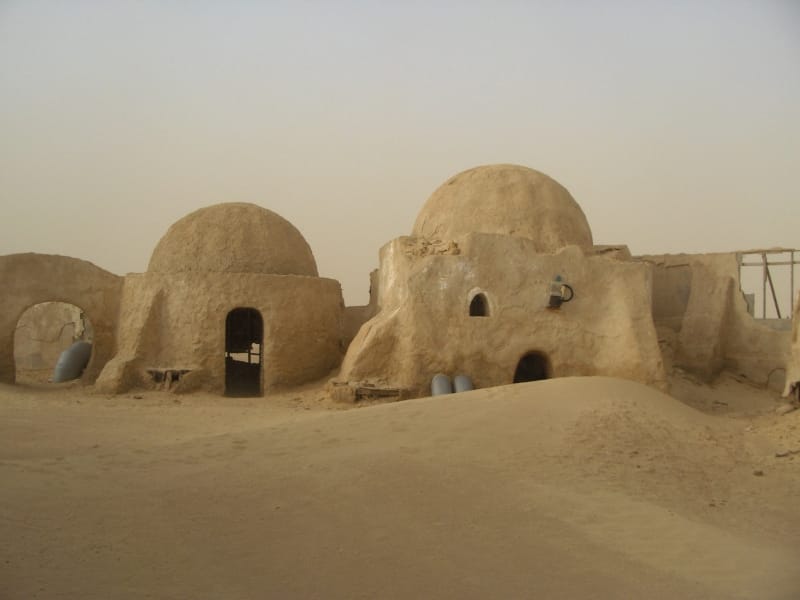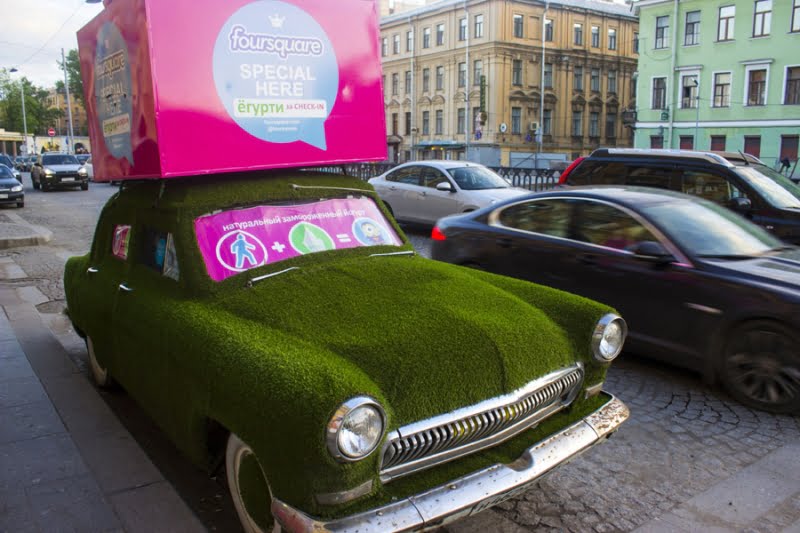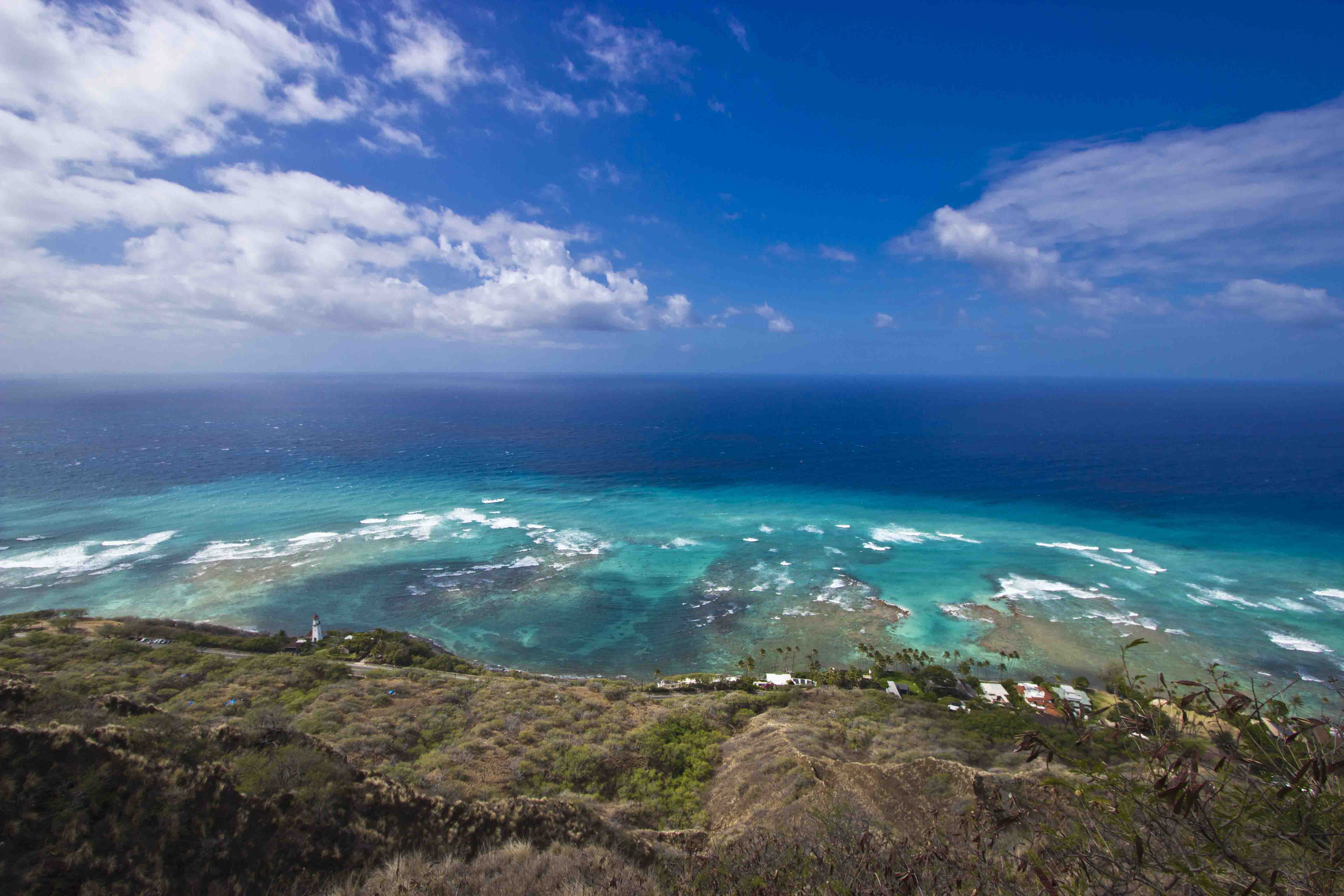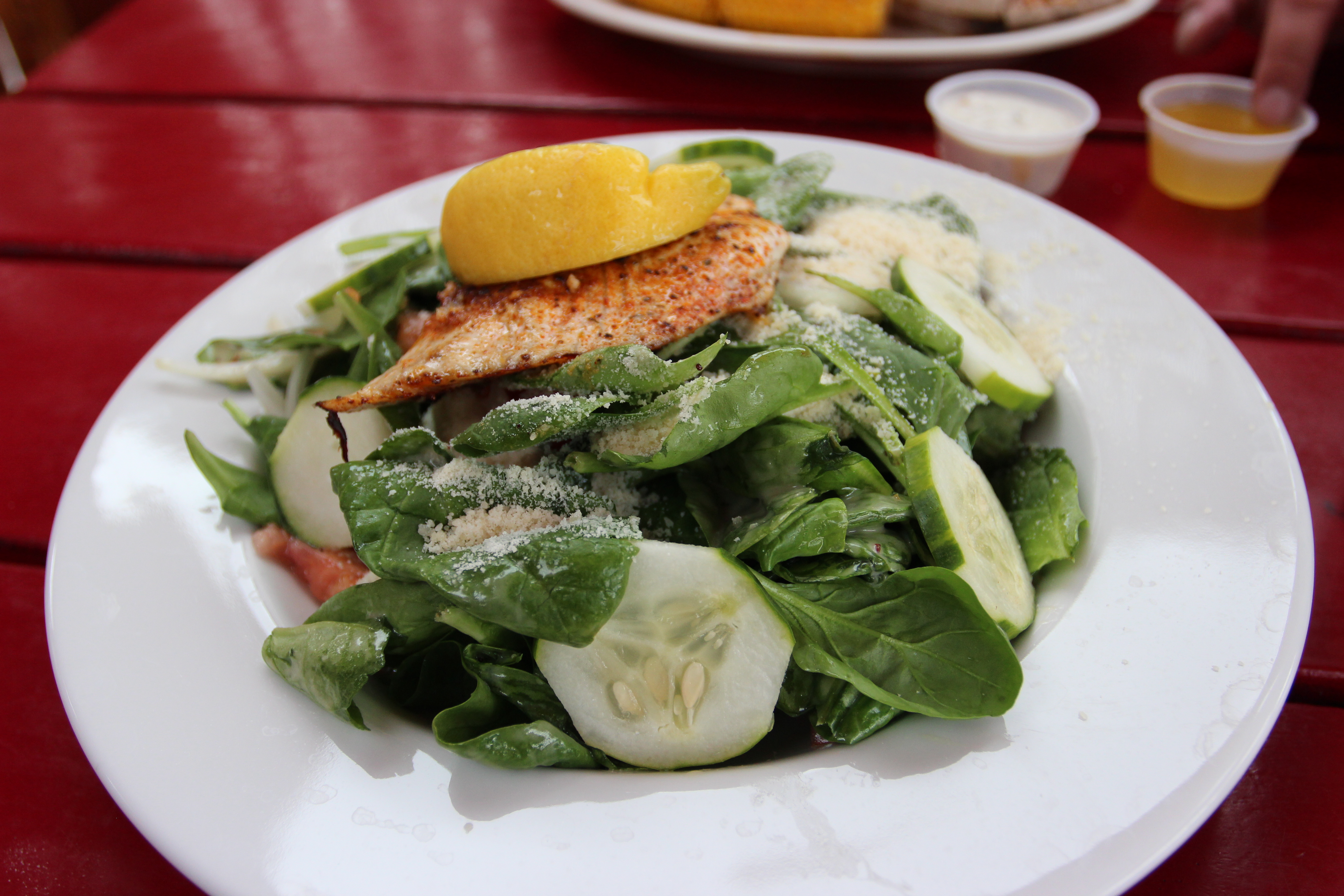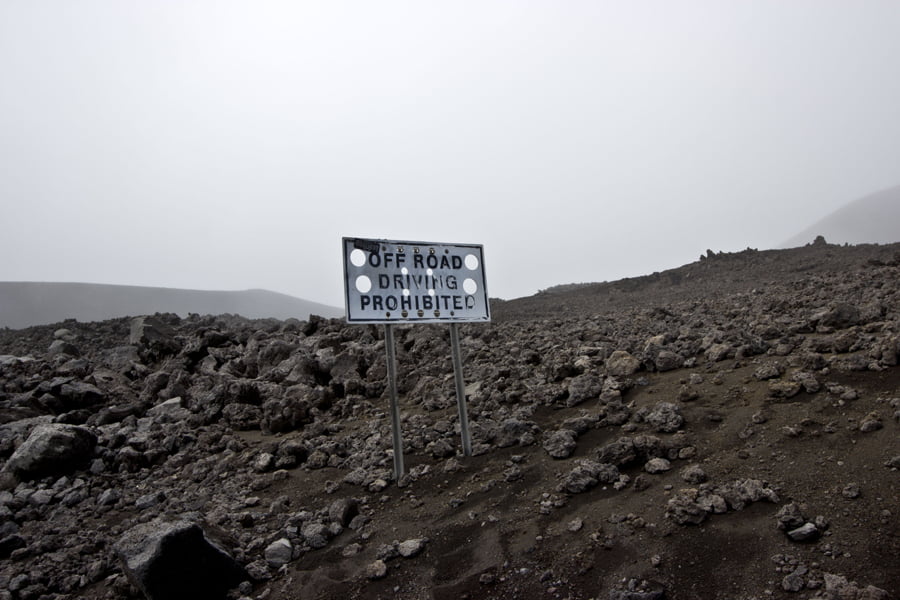
Mauna Kea – invisible Hawaiian cows, avalanches and a lot of more…

This time, I won’t write on gorgeous Hawaiian beaches, turquoise Pacific, colorful underwater coral reef world, high cliffs, tropical rainforests or spectacular waterfalls. It’s time for bitter cold of Hawaiian tundra and inhospitable polar climate.

Only on Hawaii, more precisely on Big Island is possible to swim in the warm ocean in the morning and go snowboarding in the evening. This island has 11 different climate zones.

What’s more, the highest mountain in the world, to be exact extinct volcano – Mauna Kea is located here. Mauna Kea with the height of 33 000 ft (10 203 m) is higher than Mount Everest when measured form oceanic base but form the sea level it reaches 13 796 ft (4 205 m).

Not only beautiful views attract few people there. Mauna Kea is famous for a perfect visibility and clean air.

The sky is clear for 90% days of the year which enables perfect conditions to space exploration. The peak houses the world’s largest observatory. Some telescopes like Subaru or W.M. Keck are open for tourists.

Unfortunately, 2-hour trip to the peak is full of surprises which can be really dangerous.

There’re a lot of dangers. Narrow steep road, variable weather, blizzards, fogs, avalanches or even tempestuous winds are common here. Not to mention that driving to the top is strictly forbidden by most car rental companies.

Obviously we had in mind all these warnings, but from our experience some of them can be rank similarly to those printed on coffee cups in McDonald’s.

We started our trip on a sunny day. Driving along famous Saddle Road we could see not only changing landscape, from tropical forests to barren tundra, but also deteriorating weather conditions.

We weren’t surprised by this fact, having taken into account our travel experience it had been expected that our visit there would be exact on one of these 10% days of the year which are in short awful.


There’s another danger connected with the way to the Mauna Kea summit. It’s the only place where it’s possible to drive from the sea level to 13 796 ft (4 205 m) only in 2 hours. On the top there’s 40% less oxygen and the pressure is 60% lower than that on the sea level, not to mention about temperature which is below 0.


Fast ascending can lead to altitude sickness. The first symptoms include: nausea, headaches, drowsiness, loss of balance, shallow breathing and dehydration. It can result in pulmonary and cerebral edema. In order to minimize the risk, we stopped off at a shelter where we could acclimatize on the height of 9 199 ft (2 804 m).

Visiting the shelter can be really discouraging. Apart from numerous warnings we got to know that there’s also another danger – the risk of close meeting with cows! What’s more these cows have not only climbing abilities but also they are invisible! The fact that they are on this altitude is ridiculous on its own, let alone that they stealthily flash the road, remained unnoticed!

But we saw it in person what these perfidious beasts can do with a ranger’s car. In brief, her car was totaled. Fortunately our journey to the Mauna Kea was safe, excluding the fog which accompanied us also on the top. By courtesy of W.M. Keck we could have an image of the landscape on the rest 90% clear days.

Additionally during only 15 minutes which I spent on the top I experienced most of the first symptom of altitude sickness. I dehydrated very fast. I had shallow breathing, nausea and terrible headache. There was nothing else than fast return to the lower altitude. The weather conditions deteriorated and the road seemed endless.

I had felt much better and better to the moment when we saw a cloud of smoke which was approaching very fast. It looked like the threat of close meeting with a horde of invisible cows. But what we saw next was much more irrational.

It was a beat – up car with two passengers (they were dressed in swimming clothes and flip flops) two pit bulls and 2 surfboards inside! Damaged radiator, bitter cold, the way in the middle of nowhere, lac of visibility and to top it all off, the threat of wild cattle attack. That was the real expedition to the highest peak of the world!

Damaged car on the way to Mauna Kea is a really big trouble. Insurance doesn’t cover it and towing is very expensive. Repairing the car was impossible so we decided to try go down. I cannot stop wondering how we managed to do it. Undoubtedly it was the most interesting experience on Mauna Kea 🙂
